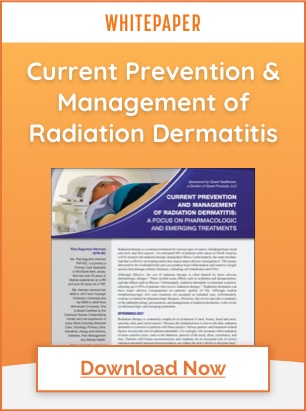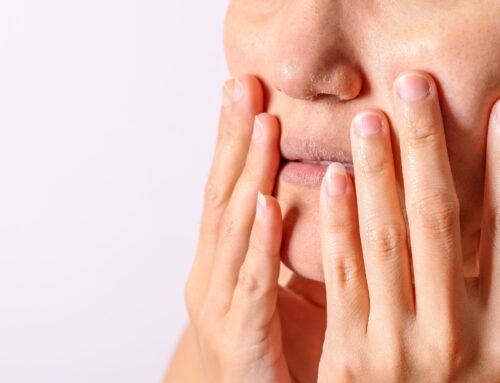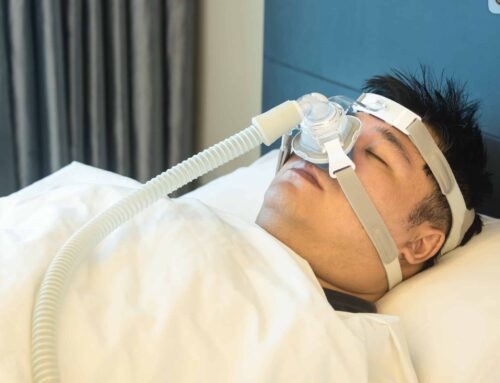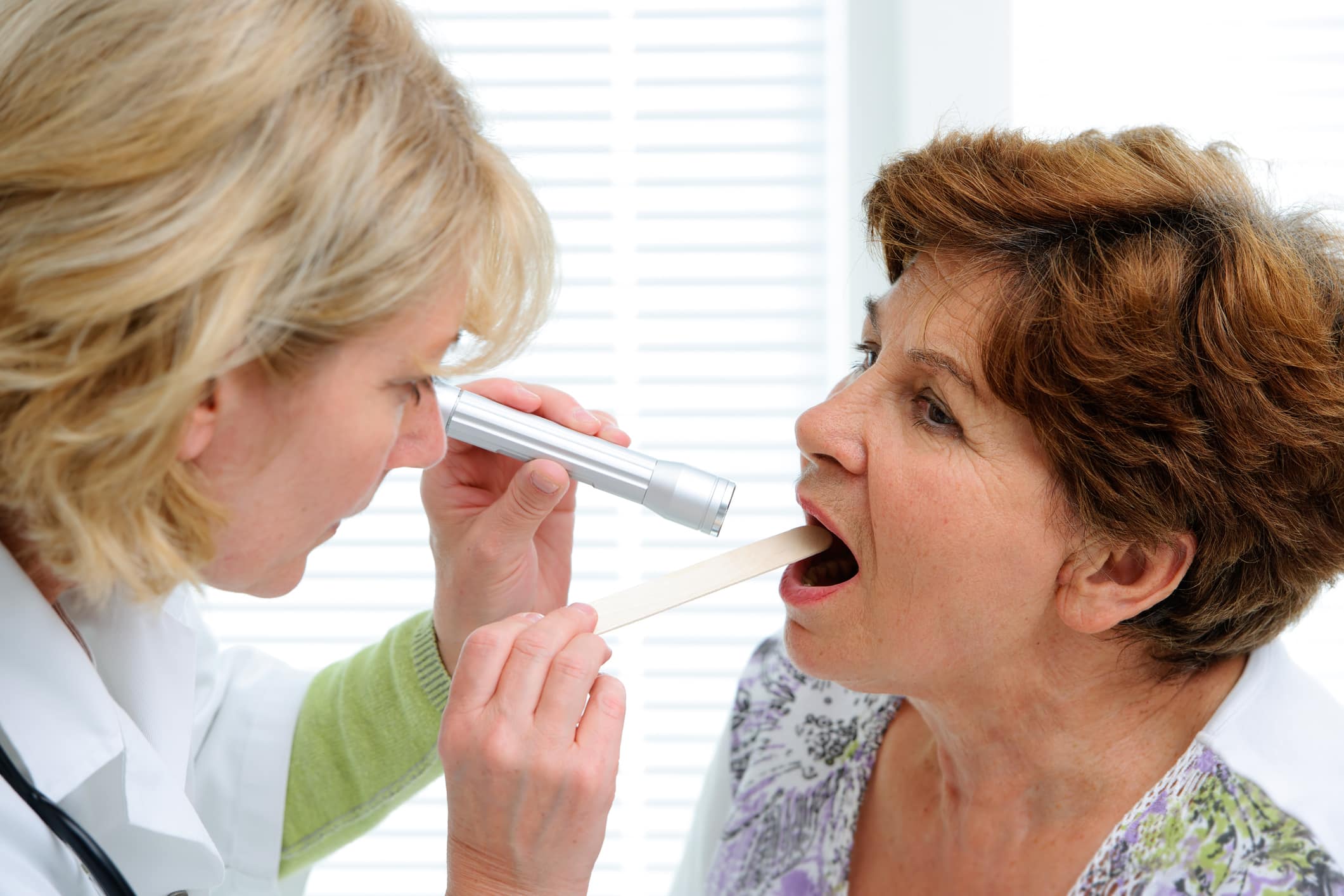
Xerostomia Treatment for Diabetes, Cancer, and Sjogren’s Syndrome
If left untreated, Xerostomia, commonly known as ‘dry mouth’, can lead to serious health problems for patients including infection, mucosal ulcers, difficulty chewing and swallowing food, tooth decay, and disturbed sleep.
Who Is at Risk for Xerostomia?
Many patients aren’t aware that dry mouth is a problem until saliva production drops to an intolerable level. It’s important to include symptoms of dry mouth when examining a patient’s overall health and wellness.
Xerostomia is more common in women than men, and the risk of dry mouth increases with age1. It is a common side effect for several medications, including SSRIs, diuretics, antihypertensive drugs, and ACE inhibitors. Lifestyle issues such as smoking, alcohol intake, and poor diet also increase risk of Xerostomia.
Certain diseases have dry mouth as a common symptom, including diabetes, cancer, and Sjogren’s Syndrome. Patients with any of these diagnoses are at higher risk for Xerostomia and relieving dry mouth symptoms is a vital aspect of their treatment and recovery.
Preventative Care for Dry Mouth
Common ways to keep the mouth moist and healthy2 and maintain healthy saliva production include:
- Adequate hydration (8 to 10 glasses of water per day)
- Consistent tooth care with daily flossing and brushing at least twice per day
- Avoid nicotine products such as smoking or chewing tobacco
- Reduce or eliminate alcohol intake
- Use of a humidifier
- Ensure dentures fit properly
- Maintain a balanced, healthy diet
Diabetes and Dry Mouth
Xerostomia is a symptom of high blood sugar and can also be a cause of high blood sugar when it leads to tooth decay. Tooth decay caused by dry mouth can lead to higher blood sugar levels3 as the body unsuccessfully attempts to ward off infection.
To avoid dry mouth related complications, it’s important for patients to maintain a healthy mouth environment, ideally a target A1c of 7% or lower3.
Dry Mouth Treatment for Diabetic Patients
Xerostomia that appears suddenly can be an indicator of a spike in blood sugar levels. Persistent dry mouth is a sign that blood sugar levels are regularly high4. Chronically high blood sugar levels put patients at risk for diabetic complications.
Xerostomia symptoms for an acute blood sugar spike can often be relieved by the patient’s prescribed dose of insulin and drinking water every hour to hydrate.
For persistent Xerostomia not caused by diabetic ketoacidosis, medications, or a ketogenic diet, patients may need a new diabetes treatment plan. Nutrition and level of activity should be examined, and a medication change may be required.
Some actions diabetic patients can take at home5 to relieve the symptoms of dry mouth due to diabetes include:
- Maintain a healthy, balanced diet
- An active lifestyle
- Maintaining a healthy weight
- Monitor blood glucose levels regularly
- Taking medications as prescribed
Other lifestyle changes can also help prevent dry mouth4.
- Avoid alcohol, smoking, caffeine and anything with a lot of sugar or sugar substitutes.
- Brush your teeth and gums twice a day, using toothpaste that contains fluoride.
- Drink lots of water every day.
- Floss between your teeth every day.
- Limit salty and spicy foods.
- Visit a dentist regularly (once or twice a year).
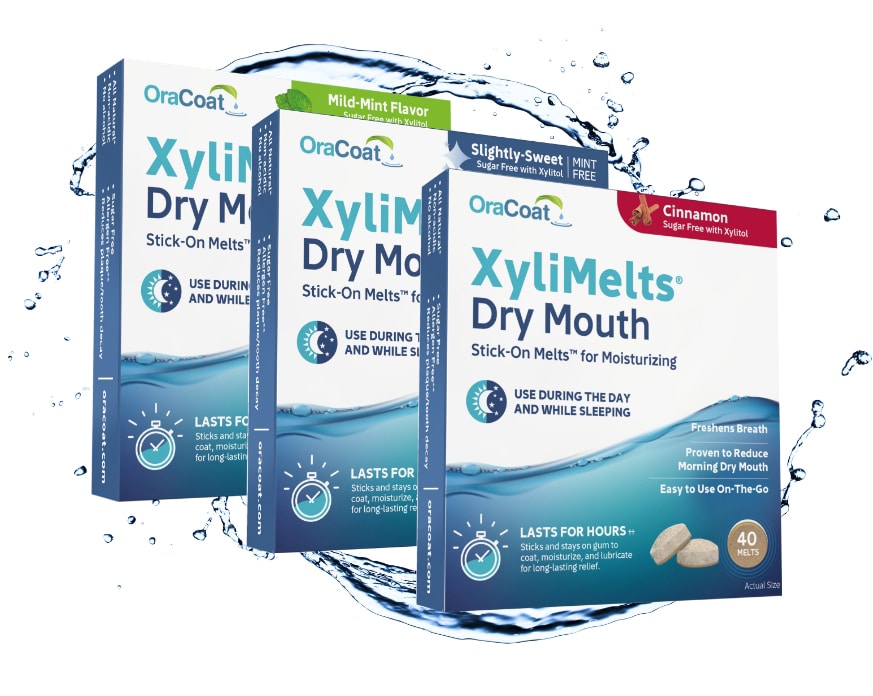
XyliMelts® helps increase saliva production and reduce harmful bacteria in the mouth – even while sleeping – which leads to an improvement in overall oral health. Request samples for your facility here.
Dry Mouth and Cancer
Cancer patients often develop oral mucositis, a painful condition that causes erythematous and ulcerative lesions of the oral mucosa associated with chemo and radiation therapy6.
Cancer treatments may weaken or even destroy salivary glands, causing reduced saliva production. In some cases, dry mouth will improve or disappear approximately two months after the completion of cancer treatment when the salivary glands regenerate.
Symptoms of oral mucositis include:
While oral mucositis due to cancer treatment can have a variety of symptoms, some of the most common include7:
- Dry mouth
- Inflammation
- Ulceration
- Thick, stringy saliva
- Cracks in the corner of the mouth or lips
- A hemorrhage in the mouth and/or throat
- Pain, swelling, or redness in the mouth
- Burning or itching
- White patches
Treatment of Dry Mouth for Cancer Patients
There are several actions cancer patients and caregivers can take at home to help relieve the symptoms of dry mouth8:
- Increase fluid intake for temporary relief
- Brush and floss teeth regularly to maintain good oral health
- Consume soft, moist foods (like soups, milkshakes, and pudding)
- Avoid smoking
- Avoid foods that can trigger mucositis, such as some fruit, nuts, shellfish, cinnamon, and chewing gum
- Use a slow-release saliva producing product like XyliMelts® that moisturizes, soothes, and lubricates the mouth
Dry Mouth and Sjogren’s Syndrome
Sjogren’s Syndrome is an autoimmune disorder that destroys the glands that produce tears and saliva. It may accompany other immune system disorders, such as lupus and rheumatoid arthritis.
Dry mouth due to Sjogren’s Syndrome can cause dental decay and/or infection due to increased oral bacteria as well as oral yeast infections.
Symptoms of dry mouth associated with Sjogren’s Syndrome9 include:
- Dry mouth or lips
- Swollen salivary glands
- Burning and/or itching of the eyes
- Frequent thirst
- Sores in the mouth or tongue
- Problems speaking, tasting, chewing, or swallowing
- Persistent hoarseness or dry nasal passage
- Persistent dry cough
Dry Mouth Treatment for Sjogren’s Disease
Lifestyle changes and home remedies for dry mouth due to Sjogren’s Syndrome10 can alleviate some of the symptoms. These include:
- Using a room vaporizer
- Breathing through the nose as much as possible
- Staying hydrated and avoiding diuretic and acidic fluids such as coffee, alcohol, soda, and sports drinks
- Avoiding spicy or hot foods
- Sip water
- Use a humidifier at night
- Avoiding sugary foods and sweets
While these solutions can provide some relief, stimulating saliva production is a longer-term way to relieve symptoms of dry mouth. XyliMelts® oral adhering discs slowly dissolve, releasing 550 mg of xylitol and oral lubricant, and can be used during the day and at night while sleeping.
About Xylimelts®
XyliMelts® is a patented, all-natural oral adhering disc that sticks the patients’ gums to help produce saliva and suppress harmful bacteria that flourish in dry mouths. Additionally, XyliMelts® works up to 4 hours throughout the day and up to 8 hours while sleeping, and is the only solution to relieve dry mouth throughout the night.
Request samples for your facility today.
Disclaimer: The material contained is for reference purposes only. Quest Healthcare, A Division of Quest Products, LLC, does not assume responsibility for patient care. Consult a physician prior to use. Copyright 2023 Quest Healthcare, A Division of Quest Products, LLC.
Sources:
- Xerostomia (Dry Mouth) | American Dental Association (ada.org)
- https://www.hopkinsmedicine.org/health/conditions-and-diseases/dry-mouth-remedies-14-to-try
- Diabetes & Dry Mouth: Causes and Treatment Options – Diabetes Strong
- Dry Mouth and Diabetes: Causes and Treatments (verywellhealth.com)
- Diabetes and Dry Mouth (Xerostomia): Symptoms, Causes, Treatment (clevelandclinic.org)
- Management of Oral Mucositis in Patients with Cancer – PMC (nih.gov)
- Dry Mouth or Xerostomia | Cancer.Net
- Mouth Dryness or Thick Saliva | Cancer-related Side Effects
- Management of Dry Mouth : Johns Hopkins Sjögren’s Center (hopkinssjogrens.org)
- Dry Mouth Remedies: 14 to Try | Johns Hopkins Medicine


